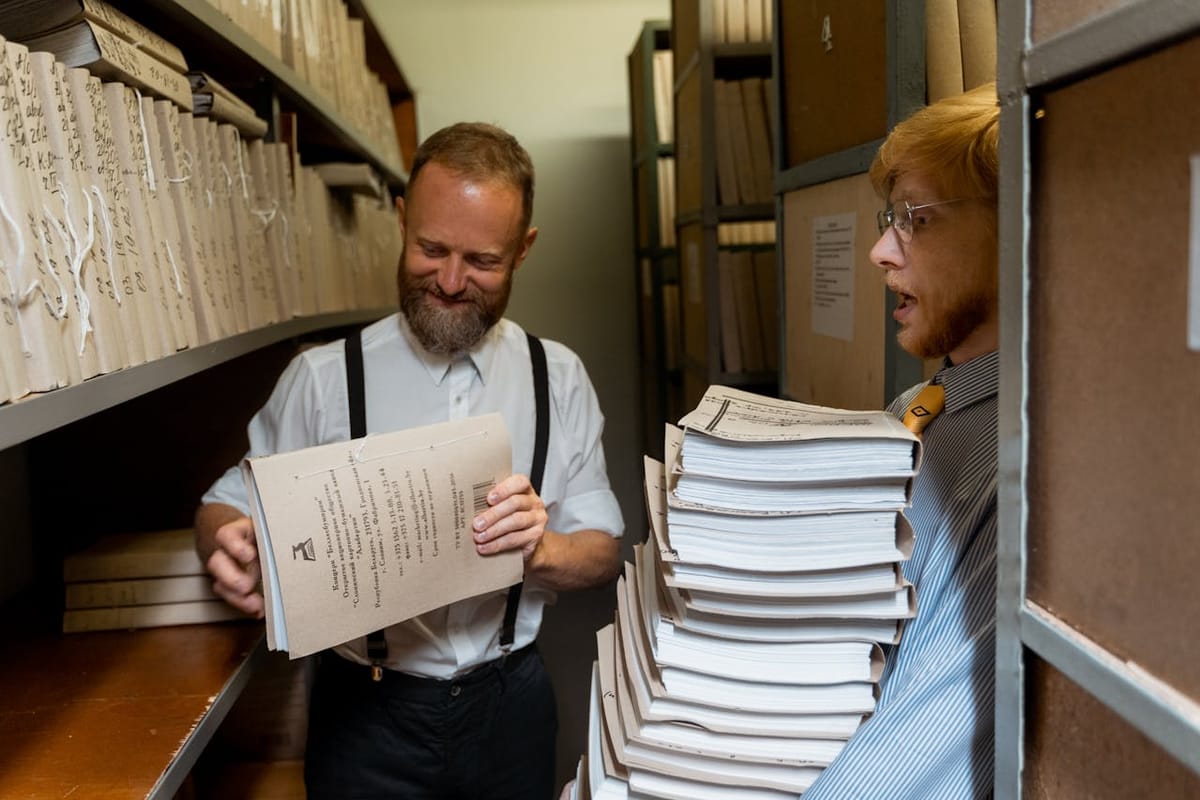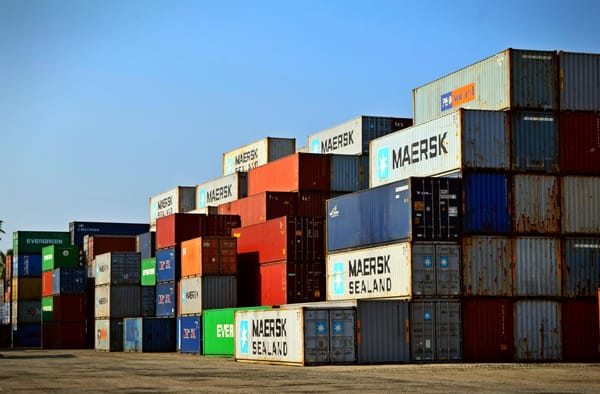Zonal OCR vs GPT-Powered Data Extraction

In today’s fast-paced business environment, extracting data from documents quickly and accurately is essential. Businesses deal with various document types, including invoices, emails, contracts, and forms. Choosing the right data extraction method can make a big difference in efficiency and accuracy. In this article, we will compare two popular methods: Zonal OCR and GPT-powered data extraction. We will explore how they work, their advantages, limitations, and help you decide which is best for your needs.
Understanding Zonal OCR
What is Zonal OCR?
Zonal OCR (Optical Character Recognition) is a technology that extracts data from specific areas of a document. It works by targeting predefined zones, or sections, within the document. For example, in an invoice, Zonal OCR might focus on areas where the invoice number, date, and total amount are typically located.
Common Use Cases
Zonal OCR is most effective for structured documents. These are documents that follow a consistent layout, such as forms, invoices, or applications. When the layout is predictable, Zonal OCR can quickly and accurately extract the required data.
Advantages of Zonal OCR
One of the main advantages of Zonal OCR is its accuracy when dealing with structured documents. Because it focuses on specific areas, it can reliably extract data as long as the layout remains consistent. Additionally, Zonal OCR is fast, making it suitable for processing large volumes of similar documents.
Limitations of Zonal OCR
However, Zonal OCR has its limitations. It is less flexible and requires templates that define the zones where data should be extracted. If the document layout changes or if the document is unstructured, Zonal OCR may struggle to extract the correct information. This makes it less suitable for varied or complex documents.
For more insights on document parsing, check out our article on Zonal OCR vs ChatGPT PDF Parsing.
Introduction to GPT-Powered Data Extraction
What is GPT-Powered Data Extraction?
GPT (Generative Pre-trained Transformer) is a type of artificial intelligence that can understand and generate human-like text. GPT-powered data extraction uses AI to extract information from documents by understanding the context and meaning of the text, rather than relying on specific locations within the document.
Common Use Cases
GPT-powered extraction is beneficial when dealing with unstructured documents, such as emails, contracts, or reports. These documents do not follow a consistent format, and the relevant information can be located anywhere within the text.
Advantages of GPT-Powered Data Extraction
The primary advantage of GPT-powered extraction is its flexibility. It can handle a wide range of document types and formats without needing predefined templates. GPT can adapt to different contexts and extract relevant information even when the document layout is varied or complex.
Limitations of GPT-Powered Data Extraction
On the downside, GPT-powered extraction may be slower than Zonal OCR, especially when processing large volumes of documents. Additionally, it may require more computational resources, which can increase costs. Despite these challenges, the flexibility and accuracy of GPT make it a powerful tool for extracting data from complex documents.
For more details on how GPT is used in data extraction, you might want to explore our article on Extracting Data from PDFs with ChatGPT.

Key Differences Between Zonal OCR and GPT-Powered Data Extraction
Parsing Approach
Zonal OCR uses a template-based approach, focusing on specific areas of a document to extract data. This method works well for structured documents with consistent layouts.
In contrast, GPT-powered extraction is AI-based and context-driven. It understands the content of the document and extracts information based on meaning rather than location. This makes it more versatile, especially for unstructured documents.
Flexibility
When it comes to flexibility, GPT-powered extraction has the edge. Zonal OCR is highly accurate for structured documents but struggles with varied formats. GPT can handle a wide range of document types, making it suitable for businesses that deal with different kinds of documents.
Accuracy
Both methods offer high accuracy, but in different contexts. Zonal OCR is highly accurate for documents with consistent layouts. GPT, on the other hand, excels in understanding complex or varied documents, making it more accurate in those scenarios.
Scalability
Scalability is another key difference. Zonal OCR is easy to scale because it relies on predefined templates. Once the templates are set up, the system can process large volumes of documents quickly. GPT-powered extraction can also be scaled, but it may require more computational resources, which could affect the overall cost.
Choosing the Right Method for Your Needs
Guidelines for Selection
When choosing between Zonal OCR and GPT-powered data extraction, consider your specific needs. If your business deals primarily with structured documents like invoices or forms, Zonal OCR might be the best choice. It offers speed and accuracy for documents with consistent layouts.
On the other hand, if you need to extract data from a variety of documents, including unstructured ones like emails or contracts, GPT-powered extraction is likely the better option. Its flexibility and ability to understand context make it well-suited for complex documents.
Consideration of Costs and Resources
Cost is another factor to consider. Zonal OCR may be more cost-effective for businesses that process large volumes of similar documents. GPT-powered extraction, while potentially more expensive, offers greater versatility and can handle a wider range of document types.
At Airparser, we provide solutions that cater to both structured and unstructured document processing. Depending on your business needs, you can choose the method that best suits your requirements. Learn more about our solutions here.

Future Trends in Data Extraction
Emerging Technologies
As technology advances, we can expect new developments in data extraction. AI and machine learning will continue to play a significant role, offering even more accurate and efficient ways to extract data from documents.
Hybrid Approaches
One potential trend is the use of hybrid approaches, combining the strengths of both Zonal OCR and GPT-powered extraction. This could allow businesses to take advantage of the speed and accuracy of Zonal OCR while also benefiting from the flexibility of GPT-powered extraction. Hybrid systems could offer the best of both worlds, providing a more comprehensive solution for data extraction.
Conclusion
In conclusion, both Zonal OCR and GPT-powered data extraction have their strengths and weaknesses. Zonal OCR is ideal for structured documents, offering speed and accuracy. GPT-powered extraction is more flexible and better suited for unstructured documents. The choice between the two depends on your specific business needs.
By understanding the differences and considering your document processing requirements, you can make an informed decision. Whether you choose Zonal OCR, GPT-powered extraction, or a combination of both, the right solution will help your business handle data more efficiently and accurately.
For more information on how Airparser can help you with your data extraction needs, visit our blog or contact us directly.




